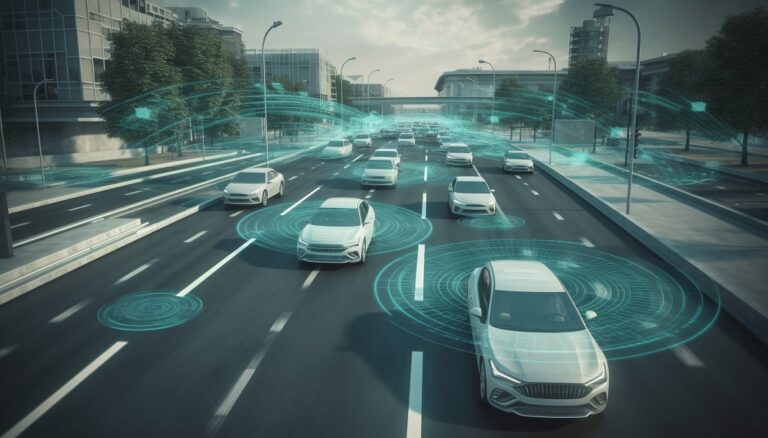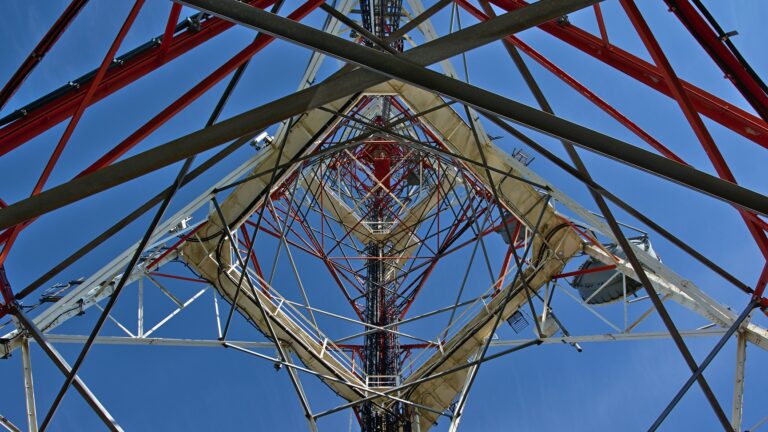Smart roads

Speeding cars blur blue in modern city rush generated by artificial intelligence
6 de September de 2023
Smart roads, also known as smart-roads, are roadways that incorporate advanced technology and interact with cars and drivers. Monitored by cameras, sensors and other technological tools, they will create an information network connecting drivers and pedestrians and providing real-time solutions. Increasingly, more and more roads are incorporating these innovations.
There are already practical cases, such as the Cereixal tunnel (Lugo), which has become the first intelligent tunnel in Spain. Its promoters equipped it with different technologies such as C-V2X, 5G and IoT to be able to connect with vehicles, as well as incident detection cameras, environmental sensors, traffic status analysis or sending alerts related to the level of visibility and weather.
Thanks to smart roads, cars will be transformed into energy sources that will power road lighting. Or that traffic signs incorporating wireless technology will provide useful information to drivers during their journeys. In terms of safety, the presence of communication devices and sensors capable of detecting an accident almost instantly to quickly activate the necessary help. Or roads where music starts to play when speeding is detected. This is already happening in the United States, specifically on a stretch of the popular Route 66 when speeding over 45 miles per hour, 72 kilometres per hour.
Here are some of the innovations that are expected to be implemented to make smart roads a reality:
- Photovoltaic pavements with charging systems: with the help of solar panels, the cars on the road themselves will charge the panels.
- Interconnection of road elements: cars, pedestrians, traffic signs and all road elements will be connected via the internet to receive real-time information on traffic jams, accidents or special road conditions, to improve safety and traffic flow.
- Smart zebra crossings: These consist of LED pavements with pedestrian detectors and projectors. Conceived and designed to appear or disappear when they sense movement, they will facilitate the passage of vehicles and considerably ease traffic congestion within cities.
- Use of Big Data: managing traffic using artificial intelligence will allow valuable forecasting of traffic flows and provide useful information for drivers and pedestrians.
- Photosensitive paints: the design of smart roads also foresees the energy element. The use of photosensitive paint on road markings illuminates the lane to recharge the battery of electric cars at night. During the day, they are recharged by sunlight thanks to solar panels. Another application of these dynamic paints is the properties they react to the weather and provide information.



